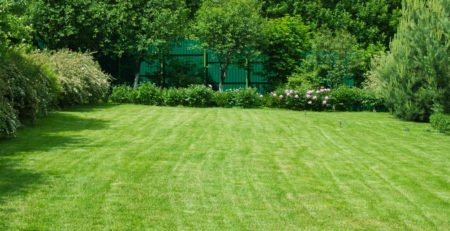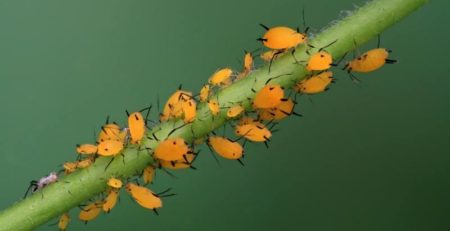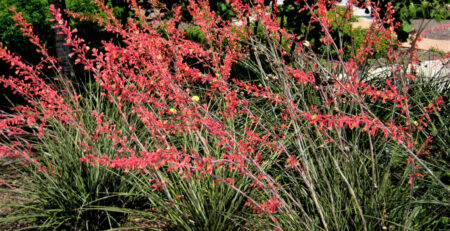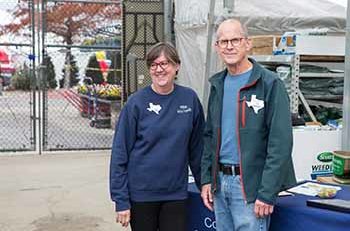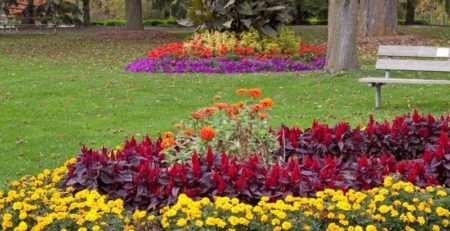What’s Wrong with my St. Augustine Lawn this Spring?
Many St. Augustine lawns are showing large areas of completely dead grass this spring. The Help Desk is receiving many questions about it via email or in conversations with shoppers during Help Desk garden center visits. Typically, reports indicate that the lawn was in good shape last year. When spring arrived, however, large areas of the lawn showed dead stolons, dead leaves, and no green shoots.
The primary suspect for this problem is weather. Summers have been consistently hot with scarce rainfall while recent winters have given us record-setting cold temperatures. While this past winter did not set records for low temperatures, there were several instances when the temperature swung from very warm to very cold in a single day. This denied turf grass and other plants any chance to adapt to cold temperatures. All of these stresses can weaken plants and make them susceptible to new problems.
Other factors contribute to lawn problems. Last year’s hot summer weather, for example, brought with it a lot of chinch bug activity. Chinch bugs thrive in the hottest parts of a lawn, often attacking turf along sidewalks and driveways. Chinch bugs are particularly active in St. Augustine lawns. The turf often looks like it needs water when they attack, but watering it does not help. Left unchecked, chinch bugs kill the turf they infest. This spring’s dead area in the lawn may be an area that was killed or weakened by chinch bugs last year. Winter temperature stresses can kill weakened turf. Texas A&M AgriLife offers information on identifying and managing chinch bug damage in a publication titled Chinch Bugs in St. Augustine Lawns that you can download for free.
Finally, some lawn problems may be due to take-all root rot. This fungal disease is active in our area in St. Augustine lawns. Areas weakened by the fungus, like areas weakened by chinch bugs, are more susceptible to other stresses. AgriLife offers information on preventing and managing this problem in another publication titled Take-All Root Rot that you can download for free.
To help your lawn recover, pay special attention to routine good practices:
- Set your mower to cut at a height of 2.5 – 3 inches, and cut the lawn frequently enough to ensure that no more than one-third of the grass blade is being cut off.
- Fertilize with 0.5 -1.0 pounds of nitrogen per 1,000 square feet of turf. If you haven’t fertilized yet, now is a good time to do so. Measure your lawn so you know how many square feet you need to cover. Then ask for help at a professional garden center to select a fertilizer and determine the quantity you need. Most Dallas lawns do not need phosphorous or potassium, but you can obtain a soil test from Texas A&M’s Soil, Water, and Forage Testing Laboratory to remove any guess work as to what your lawn needs. Simply complete an Urban Soil Submittal Form, follow instructions on the form for collecting a sample, mail or ship it, and pay for the test. Selecting the option for Test #1, Routine Analysis (R), almost always gives you sufficient results.
- Water only when necessary and then apply 0.5 – 1.0 inch of water. A licensed irrigation contractor can evaluate your irrigation system to determine how much water it distributes. Buy an inexpensive soil moisture meter at a garden center and use it to determine when water is needed. Over-watering damages turf grass as it inhibits deep growth of roots and promotes fungal infections.
- Avoid herbicides this year, both pre-emergence and post-emergence. Damaged and stressed lawns need to create new roots, but many herbicides interfere with root development.



